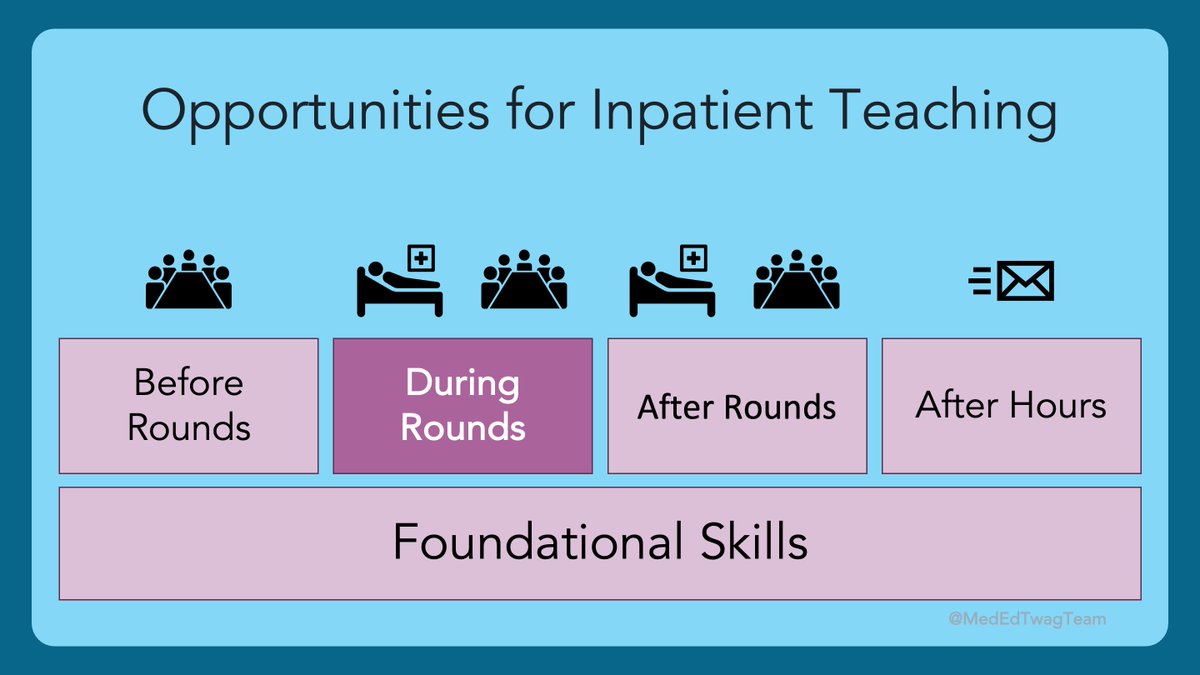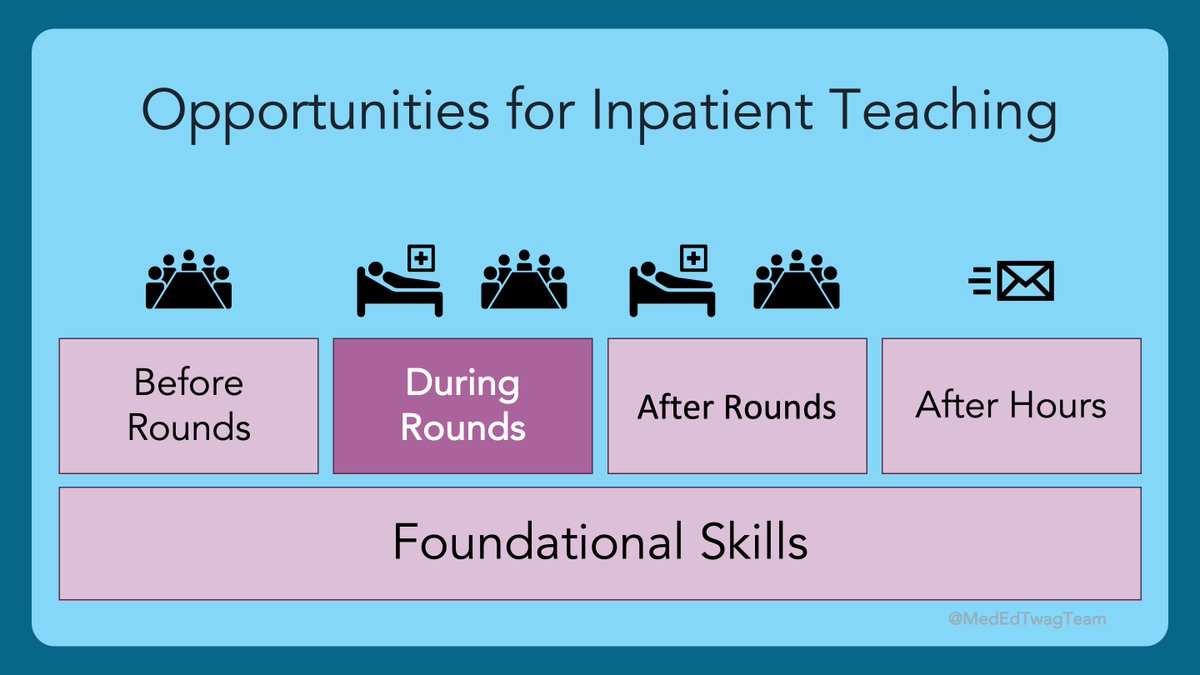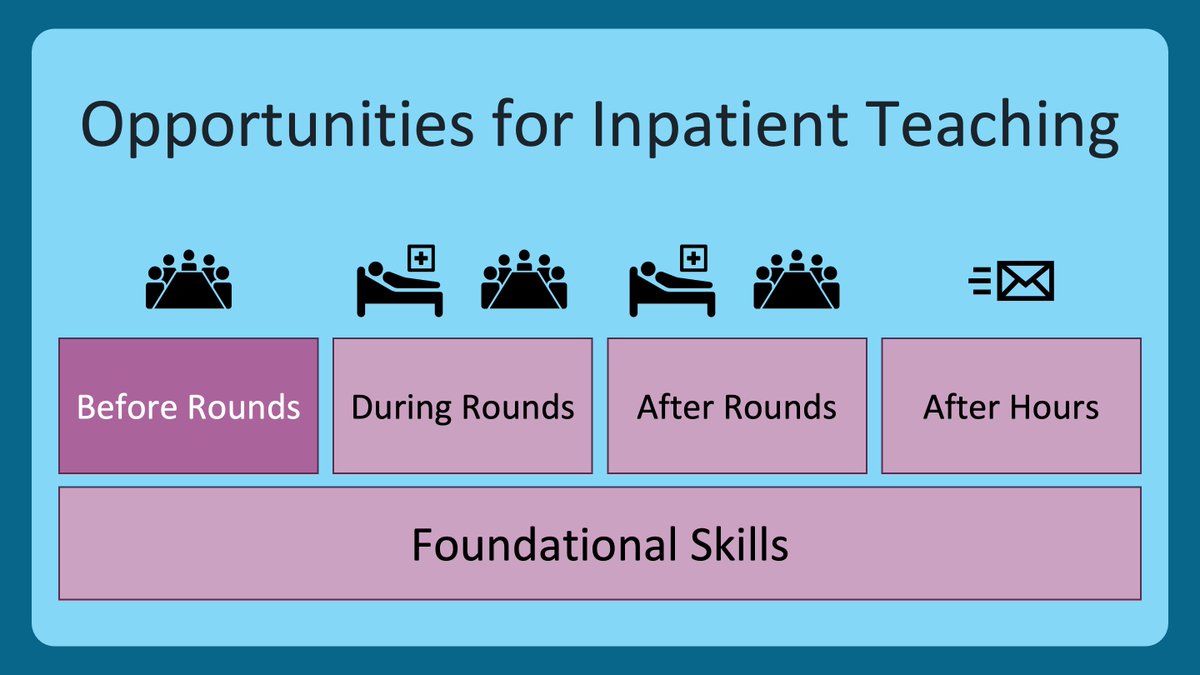1/ Intro to #ClinicalTeaching!
Hey #MedEd and #MedTwitter! #TwagTeamBackAgain because it is #TweetorialTuesday! We are the one and only #MedEdTwagTeam.
This is the beginning of our new theme...
🌟Clinical Teaching🌟
Hey #MedEd and #MedTwitter! #TwagTeamBackAgain because it is #TweetorialTuesday! We are the one and only #MedEdTwagTeam.
This is the beginning of our new theme...
🌟Clinical Teaching🌟

2/ This is a super special time of year! A time of transitions.
Pre-Clinical Student ➡️ Clerkships
Clerkships ➡️ Acting Interns
Student ➡️ Intern
Intern ➡️ Resident
Resident ➡️ Fellow?
Resident/Fellow ➡️ Faculty
All of these new roles bring new teaching opportunities!
Pre-Clinical Student ➡️ Clerkships
Clerkships ➡️ Acting Interns
Student ➡️ Intern
Intern ➡️ Resident
Resident ➡️ Fellow?
Resident/Fellow ➡️ Faculty
All of these new roles bring new teaching opportunities!
3/ It is our hope, over these next weeks and months, to give you the tools to THRIVE as a clinician educator in each of these new roles.
4/ Before we jump in, I want to highlight a big update for the #MedEdTwagTeam
We now have a team handle: @MedEdTwagTeam!!!
Here we will curate all our Tweetorials as “Moments” to make them more accessible.
Follow! Like! ReTweet!
We now have a team handle: @MedEdTwagTeam!!!
Here we will curate all our Tweetorials as “Moments” to make them more accessible.
Follow! Like! ReTweet!

5/ And, without further ado…
The #MedEdTwagTeam #HierarchyOfTeachingSkills!
This will be the basis for our Tweetorials for this entire series.
Please, take some time.
Examine this.
Let us know what you think!
We WANT feedback.
We are very open to making alterations.
The #MedEdTwagTeam #HierarchyOfTeachingSkills!
This will be the basis for our Tweetorials for this entire series.
Please, take some time.
Examine this.
Let us know what you think!
We WANT feedback.
We are very open to making alterations.
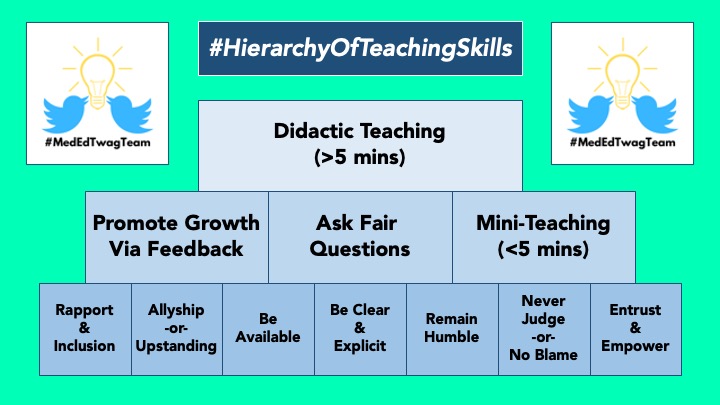
6/ Speaking of feedback, what do you all think about the #HierarchyOfTeachingSkills?
If there are things you would change, please let us know in the comments. Thanks!
If there are things you would change, please let us know in the comments. Thanks!
7/ We also want to acknowledge the major themes gleaned from our questions and polls from last week. These are topics we will make sure to touch on as we work our way through the material. 
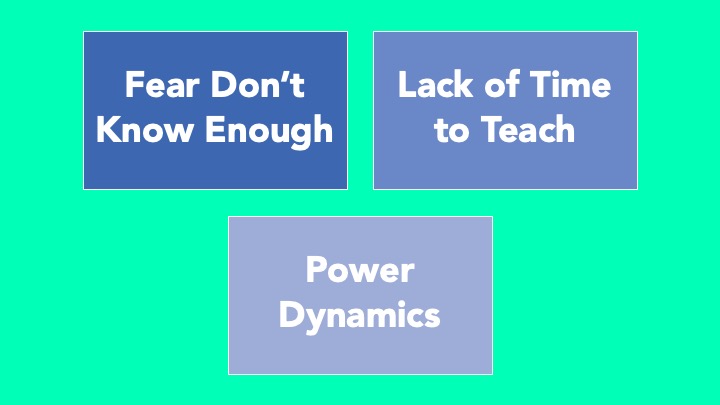
8/ We are first going to discuss the foundational skills of clinical teaching, all of which set the stage for psychological safety on a team.
H/T to @DxRXEdu & @Gurpreet2015 for their @JHospMedicine paper…”No one cares how much you know, until they know how much you care.”
H/T to @DxRXEdu & @Gurpreet2015 for their @JHospMedicine paper…”No one cares how much you know, until they know how much you care.”
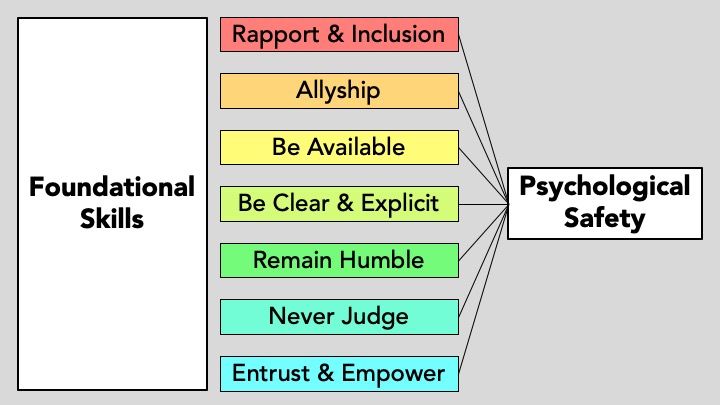
9/ Have you read this article? If not, and you are a part of clinical teams, you should look this up! There is one key ingredient to good teams...psychological safety!
Our foundational skills will give you tools to help you achieve this.
Our foundational skills will give you tools to help you achieve this.

10/ Once your team is up and running, next is delivering content to your team, especially while you all are on-the-move.
These are the most used tools in the clinical setting given the fast pace.
There’s a lot to unpack, so we will spend some solid time here.
These are the most used tools in the clinical setting given the fast pace.
There’s a lot to unpack, so we will spend some solid time here.

11/ “Didactic Teaching > 5 mins” is a category of skills that is near and dear to our hearts. However, these are the most advanced, and arguably the least important tools in a clinical teacher’s toolbox.
12/ Many of you pointed out how hard it is to carve out the time for this, which is certainly a common dilemma. The work v. learning conundrum is universal, and we hope to dialogue with you all about potential strategies.
13/ Okay friends! Here is our roadmap (as of today) for the next few months of content. We hope you will join us on this educational adventure!
Next week, @JenniferSpicer4 will really get this party started by getting us up to speed on Rapport & Inclusion.
Next week, @JenniferSpicer4 will really get this party started by getting us up to speed on Rapport & Inclusion.
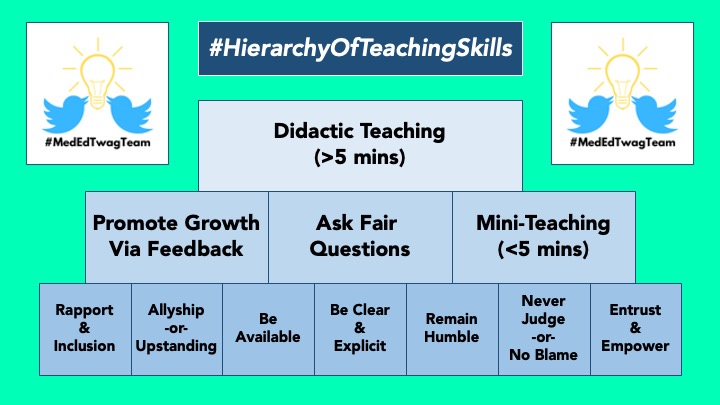
14/ And, if you haven’t already, go follow our team handle: @MedEdTwagTeam
The one-stop shop for all your #MedEdTwagTeam needs!
Follow! Like! ReTweet!
¡Hasta la proxima #TweetorialTuesday!
The one-stop shop for all your #MedEdTwagTeam needs!
Follow! Like! ReTweet!
¡Hasta la proxima #TweetorialTuesday!
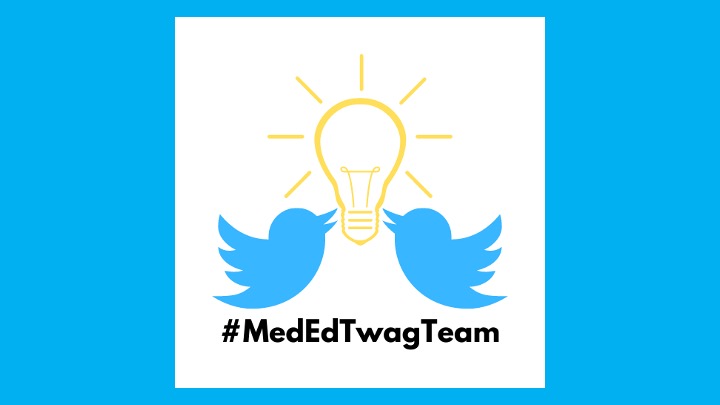
• • •
Missing some Tweet in this thread? You can try to
force a refresh



